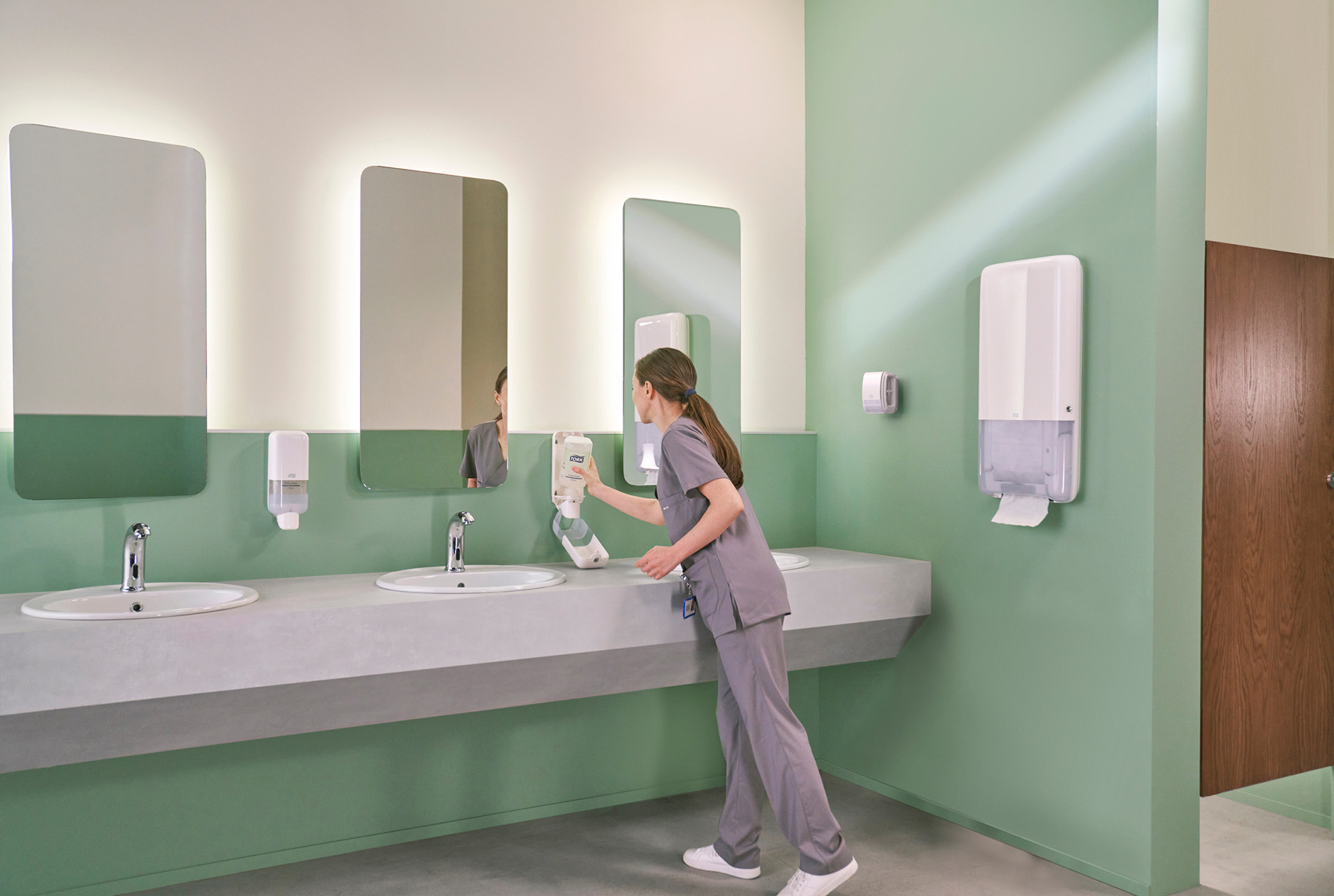Maintaining food hygiene in healthcare and aged-care facilities is crucial for the wellbeing of residents and staff. Food poisoning can have a ruinous – sometimes deadly – effect on those with already weakened immune systems. That’s why every facility of this type needs strict governance in place around food safety to ensure outbreaks are avoided.
The same is true of large catering facilities such as events centres, where outbreaks of foodborne illnesses can occur if steps aren’t strictly followed to prevent the spread of germs during the production process. So how can facilities of this scale ensure outbreaks don’t occur?
Here are five steps your business can take to guarantee hygiene in a large, multifaceted workplace.
Adopt An Efficient Colour-Coded Cleaning System
Preparing food in large quantities can lead to a build-up of grease and dirt that can quickly become unmanageable if not maintained, so
cleaning needs to be organised and efficient. Adopting a clear and consistent colour-coded system for cleaning supplies can help reduce risk of cross-contamination within large commercial businesses.
According to the NSW Government’s Cleaning of the Healthcare Environment Policy Directive, colour coding is considered the most effective system for restricting cleaning equipment to individual areas. The policy suggests:
GREEN: Kitchens, food preparation areas, food service areas
BLUE: General cleaning, offices, low-risk areas
RED: Toilets, bathrooms
YELLOW: Infectious areas, isolation areas
WHITE: Clinical areas, operating theatres.
Use Disposable Cloths and Towels
Research has found that cloths used multiple times to clean dishes and wipe surfaces can harbour a wealth of bacteria, including E.coli. The same goes for tea towels. Reduce this risk by employing disposable cloths and paper towels that can be thrown out after use – especially important in a healthcare or aged-care environment, where contamination is particularly dangerous. From a hygiene perspective, paper towels are superior to electric air dryers.
According to the Mayo Clinic, a nonprofit academic medical center, drying hands thoroughly with single-use, disposable paper towels is the preferred method of hand drying, and the most important measure to reduce the burden of healthcare-associated infection.
Make Good Use of Storage
Storing food correctly in fridges and freezers will not only reduce waste and help your bottom line, it will also reduce the risk of food becoming unsafe to eat. If you run a large events company, it’s a good idea to design a strategy for staff on where certain foods, such as fish and meats, should be kept in the fridge as a way of ensuring the food that needs to be used up first is easiest to access.
In a big operation, food can get easily muddled, so train staff to clearly label any food they open and put back in the fridge or freezer as they open it. It’s a small job that will save large problems in the long run.
Ensure Staff Are Well-Versed in Hygiene
Workplace training and education is vital for maintaining high standards of hygiene in commercial kitchens and healthcare settings. This should include a focus on personal hygiene and sanitation, as well as refresher lessons on the likes of hand washing and the basics of how germs are spread. Never assume this is too simple. Staff turnover is often high in large-scale facilities, so it’s important to schedule regular catch-ups to go over the fundamentals.
Provide Staff With Gloves and Hair Coverings
You may decide that plastic or vinyl gloves are essential in some food-preparation settings – kitchens providing food for healthcare and aged-care environments should be especially wary of bacteria from a person’s hands infecting food. Train staff to use gloves when handling raw meats and fish in particular, and to wash their hands after the gloves have been disposed of.
Equally, hair can contain harmful pathogens, so to prevent stray hairs landing in food, encourage the use of hair coverings.













